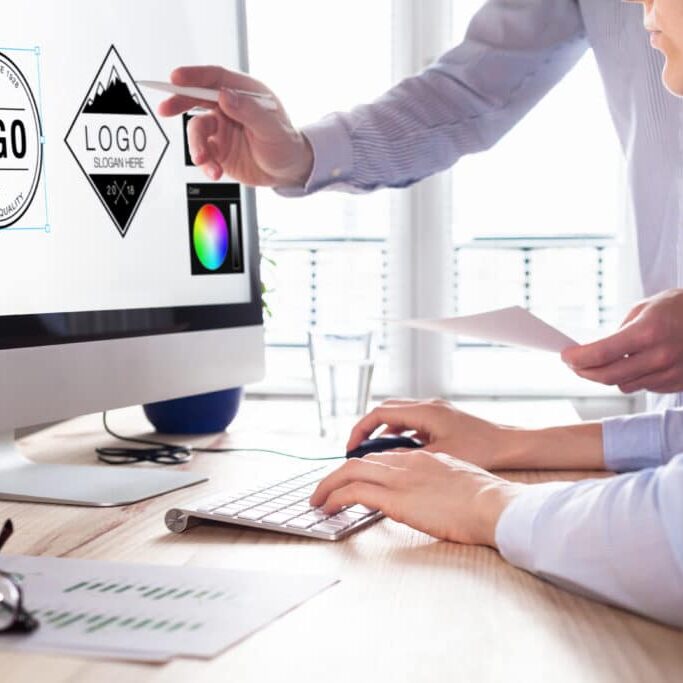This week, we’re back with a new post in our e-commerce series. We’re discussing the client role – what you, as the client, should expect and what your responsibilities to the project will be. The prospect of creating a new site is always exciting – the very idea summons daydreams of fulfilling orders, scaling your business, and finding satisfaction in your work. However, launching a site is a very significant and potentially intimidating event. Whether you are creating a brand-new e-commerce store or scrapping your old design to start from scratch, you may worry about what to expect along the way.
What Will You Be Providing in the Client Role?
As the project’s stakeholders, your role is to make decisions and set deliverables. If you’re working with a qualified web developer (check out our previous post in this series to learn how to find them), they will bring tools and ideas to the table to help you achieve your goals. They need your input to make determinations about how to build something that meets your goals. What other websites in your industry will you be competing with? Do those websites have design or experience traits that you want to replicate on your own site? What “vibe” do you want to achieve with your site? How many products do you anticipate having in the long run?
While this barrage of questions can feel overwhelming at first, it’s important to come into your website project with some ideas along these lines. It’s even more important that you’re prepared to devote time to considering questions like these and looking closely at potential designs. Remember, a full-scale web development project isn’t something you as the business owner can set and forget. Plan a few hours a week to consult with your developers and review designs and changes. In most cases, your developer will provide you with a set of design files at the beginning of the site build. You will need to review these and decide if they’re good to go as-is, or if you want to make minor or major changes. It’s critical to take the structure and design seriously at these early stages; the later on in the project process you make change requests, the more time (and potentially money) it will take to finish and launch your site.
Another thing to consider is the site’s content, from the copy on the contact page to the product photos. Who will provide these? What goals do you want them to achieve? If you’re providing the content yourself, give yourself plenty of time to create something you’re proud of. If you are contracting a professional, make sure their schedule projections put their completion date well ahead of your site launch date. In many cases, site developers are able to recommend someone either in-house or externally to write or edit site copy for you. This can be nice because it gives you fewer things to worry about.
The Client Role Isn’t Always the Driver’s Role
You’re a critical stakeholder in the project, and what you think is incredibly important. But remember that, when you’re relying on someone else to provide a professional service, you may not always be the expert. Remember to come into discussions with your developer willing to listen. While it may not be possible to get everything you want, your developer will probably have numerous suggestions on how to achieve your look and feel without compromising speed, SEO, or accessibility.
What else do you want to know about being in the client role? What else do you want to see in our e-commerce series?





